Ferry Birds – May to September 2015
Posted on October 1st, 2015
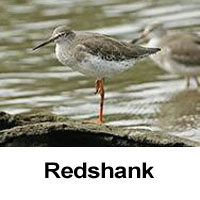
The redshank in West Bay did their usual trick of disappearing in April and returning in July. The first I saw back were on the 7th of July and there were 6 there on the 18th.
Last year the first I saw was on the 8th of July!

Other regular happenings include the eider ducks with young appearing in West Bay in June and I then saw groups of young with female chaperones fairly often in West Bay, Port Laing and Inverkeithing Inner Bay. The gulls as usual took their toll, but I saw well grown young in various places locally and between Kinghorn and Kirkcaldy from the coastal path. I do a count every month along this bit of the coast and I counted over 100 adults and at least 30 young there in June.
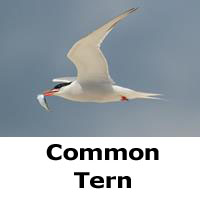
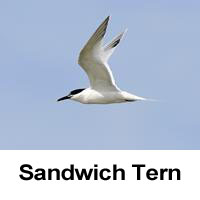
The common tern again failed to nest on the Guvy pier. I saw a few flying around the pier in May, but no breeding attempts were made. This is the bad news but the good news is that Long Craig was home to many pairs and I counted about 100 birds there in July. There was great activity with adults arriving with a sand eel in their beaks in a continuous stream. Some common terns also nested on the wooden pier in Inverkeithing Inner Bay.
Sandwich tern don’t usually nest on Long Craig, but they come into our area later in the summer to feed up before they fly off to Africa for the winter. This year they turned up in the middle of July in good numbers in noisy groups often with an immature bird chasing an adult begging for food. The Sandwich terns stay around till later in the summer so the last common tern I saw was in Inverkeithing Inner Bay on the 25th of August while there were still Sandwich terns along the coast well into September.
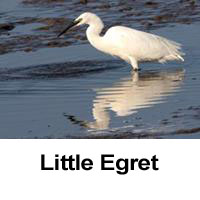
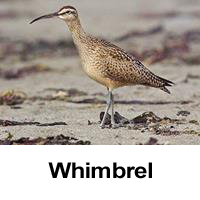
The highlight of the uncommon birds seen was a little egret in West Bay on the 14th of August. It was literally a flying visit as by the time the observer had got his binoculars from his house it had gone! Little egrets are small white members of the heron family and have invaded England from the continent over the last 30 years. In the last 5 years a few have been seen in Scotland regularly with Aberlady Bay being one of their favourite places.
A whimbrel was also seen in West Bay on the same date.
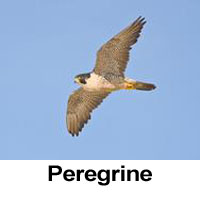

Other sightings of uncommon birds have included the peregrine falcon around the quarry on the 31st of July and a raven in the same place on the 8th of September. Both these birds have bred in the quarry in recent years but are some times quite difficult to see. How the re-opening of the quarry affects them remains to be seen.
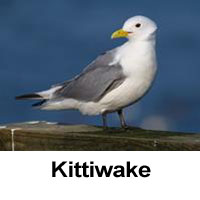
I saw a flock of kittiwakes on the sea just east of the rail bridge on the 13th of August. They drew attention to themselves by calling out their name! Another autumn happening involves groups of gannets – mainly immature birds – which circle round in Inverkeithing Bay. I have only seen this once this year. It was on the 8th of September when about 30 birds were flying round.
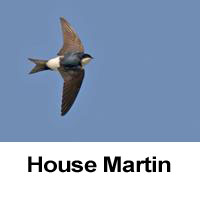

Interesting sightings of our more familiar birds have included a few house martins feeding at the back of Port Laing on the 18th of June and a pair of mute swans in Inverkeithing Inner Bay with 5 well-grown young in July.
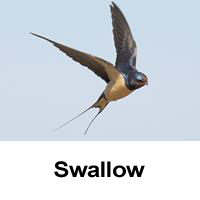
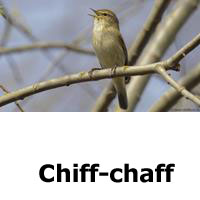
On 3 occasions I have seen large disperse groups of swallows probably feeding up prior to their migration to South Africa. The first two were on the 14th and 18th of September between Jamestown and the water tank field and the third was over St Margaret’s Marsh on the 28th. Another regular event this time of year is the chiffchaff which start singing again. It is not as persistent or as loud as in the spring and there was one at the north end of Port Laing on the 29th of September. This was the same place where I heard my first chiffchaff this year at the end of March!
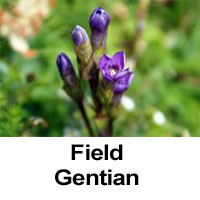
The field gentians on the Carlingnose Point reserve reappeared this year. There were at least 100 plants on the reserve including several in the area at the top of the quarry. Why this should happen this year after a complete absence last year is a bit of a mystery.
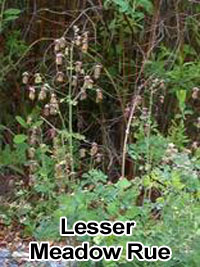
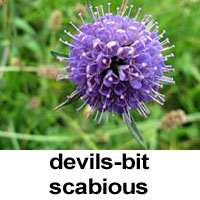
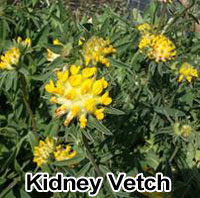
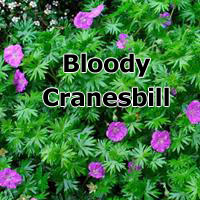
The lesser meadow rue was again abundant around the rocky knoll and other plants such as devils bit scabious, kidney vetch and bloody cranesbill did well.
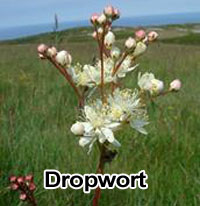
The dropwort again didn’t show very well although there were several plants on Ferryhills.
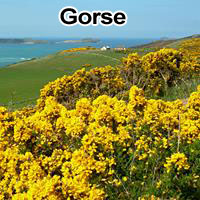

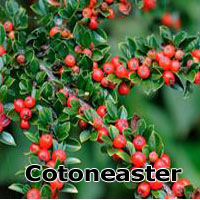
The annual cutting of the grassland at Carlingnose will be done in the next few weeks. This is to ensure that the gorse does not take over and the optimum conditions for these rare plants are maintained. The plan is to cut back more of the hawthorn, gorse and cotoneaster to enlarge the area of grassland to encourage the grassland plants even more.
John Done
top of page
